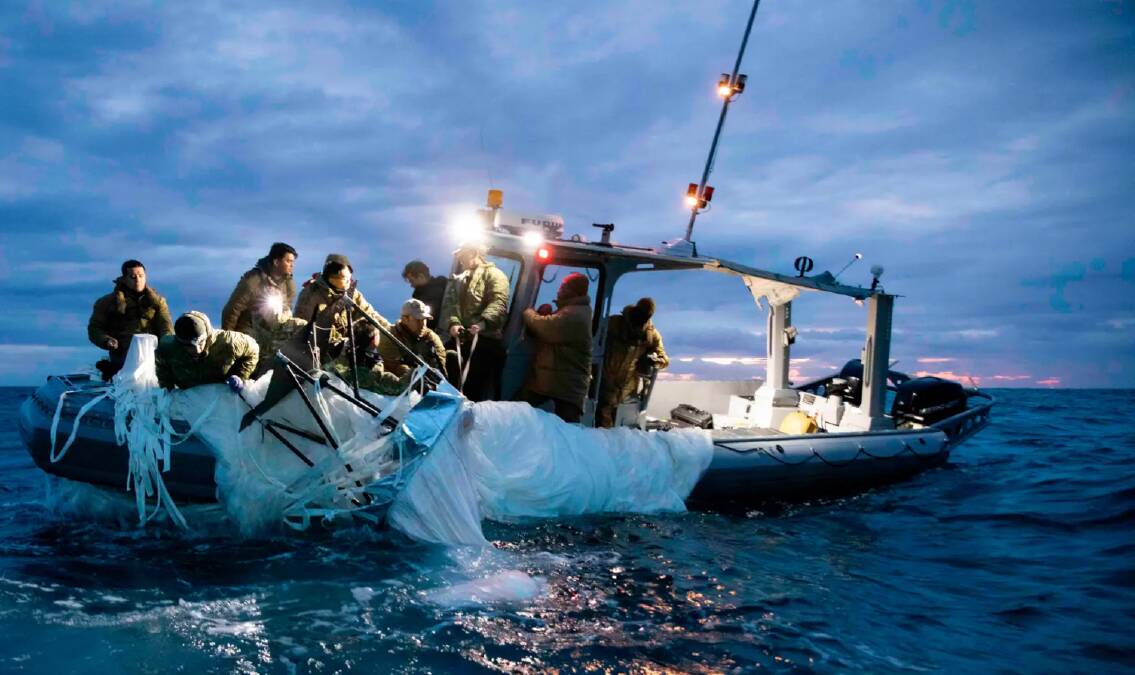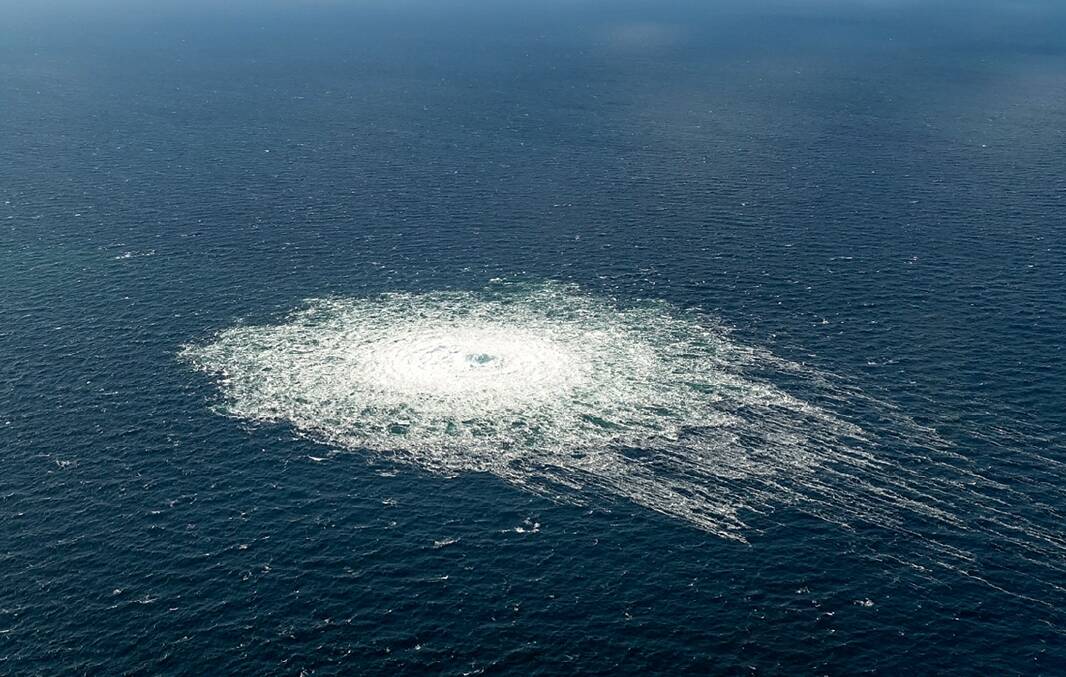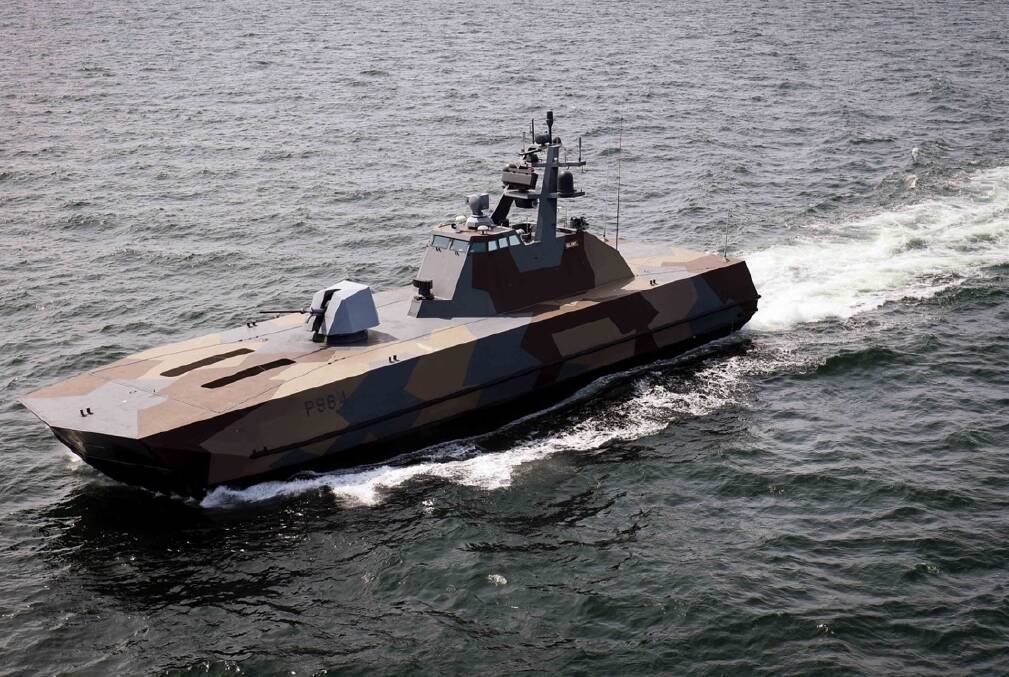
IN the Western world, the dominant narrative of the Russian invasion of Ukraine has the plucky Ukrainians, bolstered by their comedian-turned-politician president kicking those damn Ruskies back over the border with only limited help from the US, other NATO members and the Five Eyes alliance, which includes us.
The invasion that began a year ago on February 24, is even described as a surprise, as if there were no previous diplomatic exchanges between the parties which, if handled differently, could have avoided the conflict.
There's a similar sense of outrage over the discovery of the Chinese spy balloon that was shot down by US forces last Saturday, as though the other side was somehow playing unfairly - even though both sides of the Cold War divide have fleets of satellites circling the planet, some with such acute photographic abilities they can apparently capture the words on your smart phone screen, should you be looking at it outside.
The other side is always to blame, according to the mainstream view, but we have to look at the behaviour of the defence and intelligence establishments on our side of the fence if we are to understand the deteriorating state of international relations, and the military buildup that accompanies it.
I'm not saying that Russia and China are exemplary global citizens.

I'd much rather live in a democracy than under authoritarian rule. And in Australia, our geographic isolation may help us stay out of harm's way.
But the closer you look at the way Washington operates, the harder it is to believe the official narrative.
One of the most extraordinary events of the Ukraine conflict was the sabotage on September 26 of the Nord Stream pipelines taking huge amounts of gas from Russia to Germany for use there, and for further distribution through Europe.
The silence from our side at the time was deafening, and I doubt anyone really believed US administration claims that Russia sabotaged its own wealth-generating infrastructure.
Russian President Vladmir Putin has repeatedly called for an inquiry but nobody on our side of the fence seemed interested in digging too deeply, for what looked like obvious reasons to me.
Until now. On Wednesday, veteran US journalist Seymour Hersh published an extraordinarily detailed account of how the US military used the cover of a regular NATO (North Atlantic Treaty Organisation) military exercise to plant remote explosive mines on the pipelines, which were detonated months later by a sonar buoy dropped from a Norwegian aircraft.
That's a pretty explosive claim, and as far as I can see, Hersh quotes only one unnamed source.
The White House and the CIA both described the allegation as "utterly false" and Norway declined to comment.
Earlier claims from Russia were dismissed as "baseless conspiracy".

But the 85-year-old Hersh is arguably the world's most distinguished investigative journalist, with a reputation for fearless reporting that began when he told the world about the US military murder of Vietnamese civilians in what became known as the My Lai massacre.
It may be a sign of the times that the 85-year-old Hersh published the story on his own Substack site rather than through one of the US majors.
The COVID era has shown how closely media and tech companies will work with the US administration to help mould public opinion by encouraging or suppressing stories through their infamous algorithms.
The reluctance to touch the Hunter Biden laptop story is an obvious example.
Substack appears to give its writers complete independence and Hersh is big enough to attract attention no matter where he publishes.
If you care about the conduct of our ally the US then it's worth reading.
Hersh shows how opportunities for a diplomatic solution were ignored on the Western side, and how the conflict in Ukraine is at least partly about energy supplies.
Hersh quotes US President Joe Biden as saying: "If Russia invades ... there will be no longer a Nord Stream 2. We will bring an end to it."

The other big story this week was the shooting down of the Chinese spy balloon.
In covering the story, the well-connected military website The Warzone has published a range of detailed articles including one on Tuesday titled The Soviets built bespoke balloon-killer planes during the Cold War.
Why? Because as The Warzone reports, America sent thousands of spy balloons over Russian skies from as early as 1956 to as late as 1981, and at such heights that the Soviets needed better aircraft than they had to reach them.
The Warzone says that between 1956 and 1977, the Soviet Union detected 4112 foreign balloons in its airspace, and shot down 793 of them!
And now Washington gets in a tizz about one Chinese balloon?
They've got chutzpah, that's for sure.
My worry is that with each day the Ukrainian conflict and the psychological and commercial war with China continue, the closer we get to the once unthinkable reality of another large-scale "kinetic" war.
Welcome to WWIII.
HERE ARE THE ORIGINAL STORIES:
-
How America took out the Nord Stream pipeline by Seymour Hersh
- The Soviets built bespoke balloon-killer planes during the Cold War by Piotr Butowski

To see more stories and read today's paper download the Newcastle Herald news app here.







